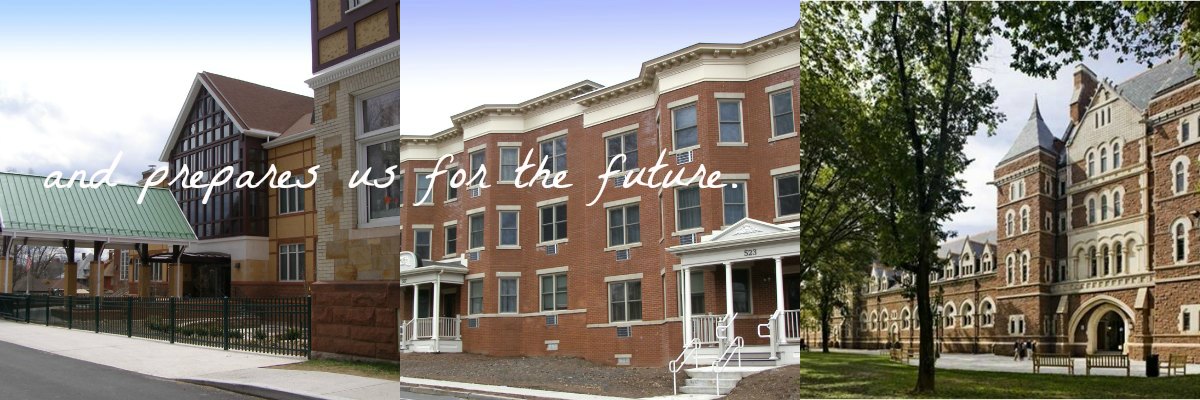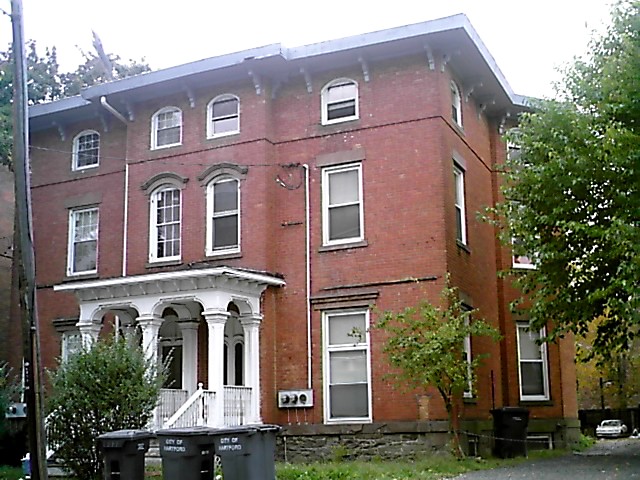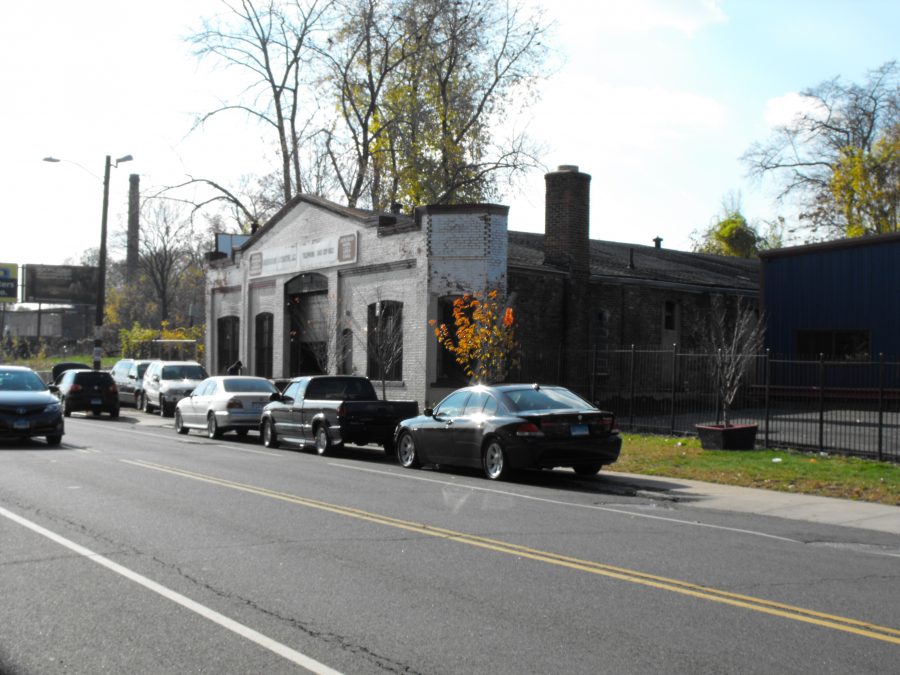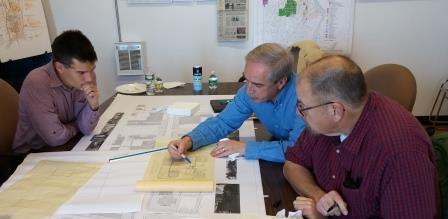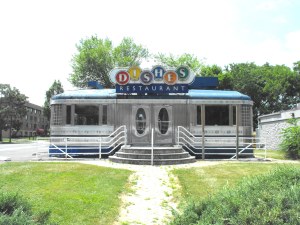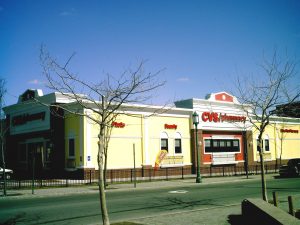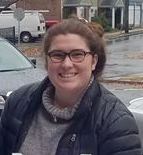 One of our favorite “jobs” here at HPA is working with interns and student volunteers. Chelsey Crabbe (Trinity College ’17) joined us this semester and leaves us this week with this article.
One of our favorite “jobs” here at HPA is working with interns and student volunteers. Chelsey Crabbe (Trinity College ’17) joined us this semester and leaves us this week with this article.
Historic preservation is a cause that I feel passionately about and I never thought that I would find an internship while at school that would fulfill these interests of mine. As a History major at Trinity College, I felt like the opportunity to work at the Hartford Preservation Alliance (HPA) would allow me to both satisfy my interests as a “historio-phile” as well as integrate the city of Hartford, a city that has been my home for four years. I, humbly, accepted the internship position at HPA and, thus, began my semester-long experience at the organization.
How fitting that HPA’s office is in the re-purposed (and listed on the National Register of Historic Places) Underwood Computing Machine Factory Building. During my first weeks at the office, I started to become hyperaware of all the quirks of this historic building, an environment that acted as the perfect backdrop for a budding historic preservationist. For instance, one of the most vivid memories I will have of my time at HPA involves continually rolling backward in my chair due to the office’s original flooring that had become slanted over the decades. While a majority of the time, I found this to be quite annoying, a small part of me understood that this tiny intricacy gave the old factory at 56 Arbor Street a certain element of character. Characteristics like this are often lost because of demolition or abandonment and replaced with homogeneous architecture reminiscent of a time that occurred only seconds in the past rather than centuries. And to get back to my point, my awareness of these small details can now be attributed to my time working at HPA.
Although I never met the many supporters of the alliance or many of the board members, I had the pleasure of working alongside HPA Assistant Director, Mary Falvey, and Executive Director, Frank Hagaman. If anything, my experience in the preservation field was only enhanced by the support, expertise, humor, and knowledge of these two not-so-silent soldiers. Gaining recognition of and finding funding for historic preservation is trying work and requires a certain amount of engagement and commitment that is difficult to recruit. Both Mary and Frank, through their tenacious work ethic, taught me to speak up within a professional environment and go about obstacles and realities with a sense of humor. My experience at HPA was not only rewarding because of the work that I was doing, but because these individuals were so accommodating and personable.
Speaking of the work…I found myself switching between projects as circumstances changed allowing me to practice the skill of adapting within a working environment, a skill that will probably be of use to me in the coming years. Each project was different in its content and context, but required a similar set of skills which I found the most enriching. From conducting archival research to brainstorming for a social media campaign, I utilized several important skills sets that are relevant in any workplace. Specifically, I spent a majority of my time working with blighted properties in the Hartford area ranging from old homes to abandoned mill factories. Disturbing fact: the fate of these properties will most likely involve barrels of concrete and, eventually, a new parking lot. However, with organizations like HPA, some of these buildings can be revitalized in a way that would enrich the historic character of Hartford and provide a service to the city’s inhabitants. There is a solution to revamping the city, an answer that involves economic development, and a key to that is keeping the aesthetic of the city unapologetically rooted in Hartford’s heritage. The answer is historic preservation. My time working at HPA highlighted this important fact to me. So, to conclude, did I enjoy my time at the Hartford Preservation Alliance? Of course. Now, there is more work to be done and I truly believe that this organization can make a real difference especially because of Hartford’s rich history. I am sad to leave, but I will continue to support the organization and encourage any student in the area, especially those interested in history, urban studies, and architecture, to apply for a position at HPA.






